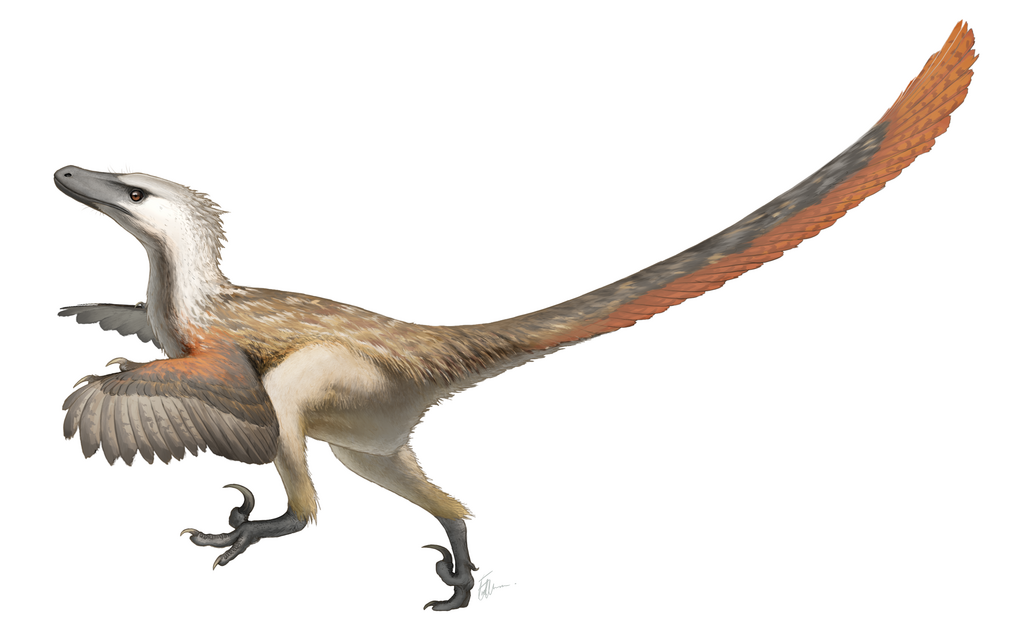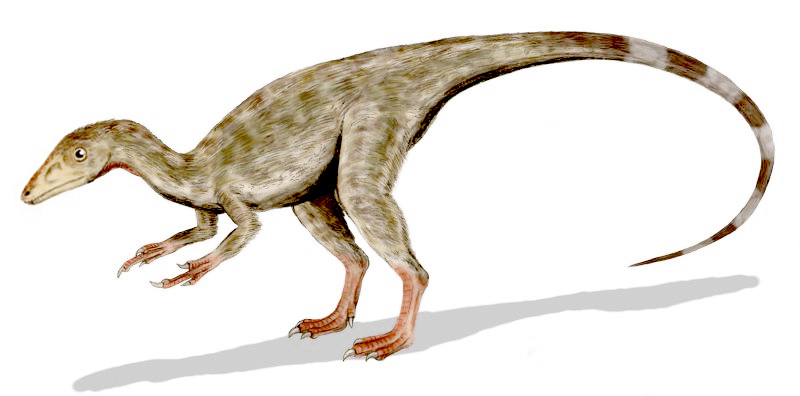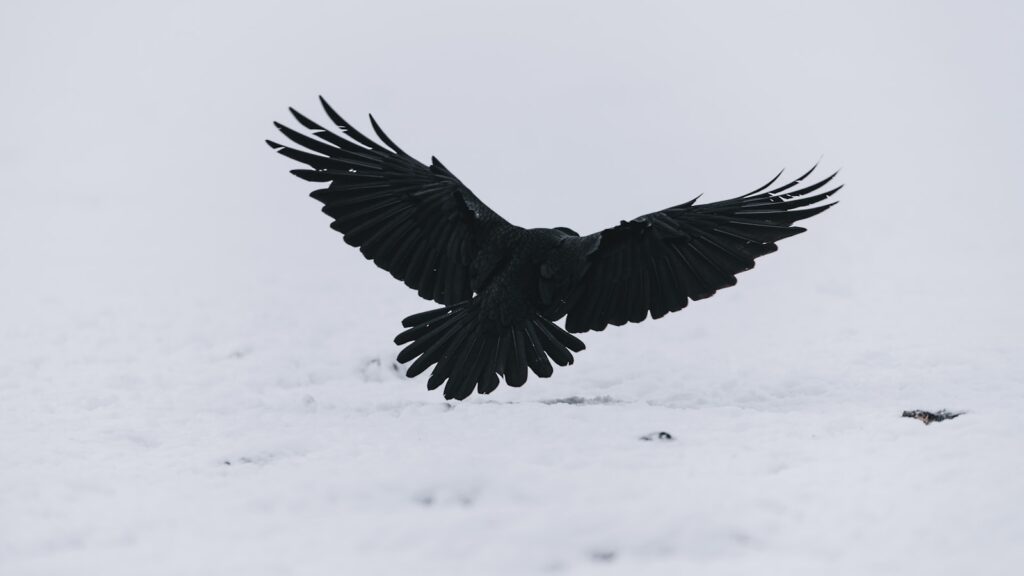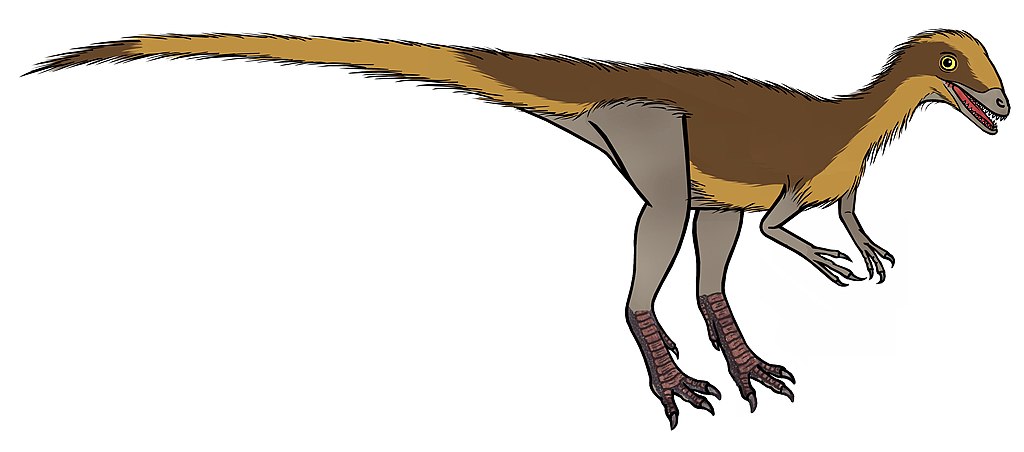When we imagine dinosaurs roaming prehistoric Earth, we typically picture fearsome predators with sharp teeth and claws or massive herbivores with long necks grazing on ancient vegetation. Rarely do we consider dinosaurs as potentially intelligent creatures capable of using tools. However, given that birds are the direct descendants of theropod dinosaurs, and some modern birds demonstrate remarkable tool-using abilities, a fascinating question emerges: could their dinosaur ancestors have possessed similar cognitive skills? This article explores the intriguing possibility that dinosaurs might have manipulated objects as tools, examining evidence from paleontology, comparative anatomy, and what we can learn from their living avian relatives.
The Evolutionary Connection Between Birds and Dinosaurs

The link between birds and dinosaurs is now firmly established in scientific literature. Birds descended from a group of two-legged dinosaurs called theropods, specifically from small, feathered dromeosaurids and troodontids that lived during the Jurassic and Cretaceous periods. This evolutionary relationship means birds aren’t just descended from dinosaurs—they are, taxonomically speaking, living dinosaurs themselves. The discovery of Archaeopteryx in 1861 provided the first major evidence of this connection, showing a creature with both reptilian and avian characteristics. Subsequent fossil finds have revealed numerous feathered dinosaur species in China and elsewhere, reinforcing this evolutionary narrative. With this established connection, behaviors observed in modern birds could potentially offer insights into behaviors that might have existed in their dinosaur ancestors.
Tool Use Among Modern Birds

Several contemporary bird species demonstrate sophisticated tool use that rivals some primates in complexity. New Caledonian crows fashion hooks from twigs to extract insects from crevices, showing not only tool use but tool manufacture. Egyptian vultures drop stones on ostrich eggs to crack them open for feeding. Galapagos woodpecker finches use cactus spines or small twigs to pry out insects from tree bark. Burrowing owls collect mammal dung to attract beetles which they then consume. Some parrots use objects to scratch inaccessible parts of their bodies or manipulate items to obtain food. These examples demonstrate that avian brains, despite their different structure from mammalian brains, are capable of developing complex problem-solving skills that include identifying, modifying, and utilizing external objects as tools for specific purposes.
Brain Size and Structure in Dinosaurs

Understanding dinosaur cognition begins with examining their brain size and structure. Paleontologists use endocasts—natural or artificial casts of the brain cavity—to study the brains of extinct species. Some dinosaur groups, particularly the maniraptoran theropods (the group most closely related to birds), possessed relatively larger brains compared to their body size than other dinosaur lineages. Troodontids, for example, had some of the highest brain-to-body mass ratios among non-avian dinosaurs, comparable to some modern birds. CT scanning of well-preserved skulls has revealed enlarged cerebral hemispheres and optic lobes in certain theropod species, suggesting enhanced visual processing and potentially higher cognitive functions. While brain size alone doesn’t determine intelligence, the evolutionary trend toward larger, more complex brains in the lineage leading to birds suggests cognitive capabilities may have been developing long before the first avian species emerged.
Manipulative Abilities: Dinosaur Appendages

Tool use requires not just cognitive capacity but also physical capability to manipulate objects. Many theropod dinosaurs possessed forelimbs with grasping abilities that could potentially have been used to handle objects. Dromaeosaurids (including Velociraptor) and troodontids had three-fingered hands with opposable digits that could grasp objects with precision. Some oviraptorosaurs showed remarkable manual dexterity with elongated fingers that could potentially manipulate items with significant control. The wrist structure of many maniraptorans allowed for complex rotational movements similar to those seen in modern birds when manipulating objects. These anatomical features don’t prove tool use occurred, but they demonstrate that many dinosaurs possessed the physical prerequisites necessary for manipulating objects in their environment—an essential requirement for any potential tool use.
Fossil Evidence: Interpreting Behavior from Remains

Direct evidence of tool use is exceptionally rare in the fossil record, as such behavior typically doesn’t leave preservable traces. No definitive evidence of dinosaur tool use has been discovered, but absence of evidence isn’t necessarily evidence of absence, especially for behaviors that wouldn’t typically fossilize. Some tantalizing indirect evidence exists in the form of wear patterns on dinosaur teeth that suggest object manipulation beyond just feeding. Certain fossils show dinosaurs preserved with stones in their stomach region, though these are generally interpreted as gastroliths used for digestion rather than tools. The fossil record has preserved numerous examples of complex dinosaur behaviors, including nesting, parental care, and social interactions, suggesting these animals had sophisticated behavioral repertoires. Future fossil discoveries, particularly those preserving dinosaurs in the act of specific behaviors, may yet provide clearer evidence regarding potential tool use.
The Cognitive Requirements for Tool Use

Tool use requires several cognitive capabilities, including problem-solving, causal reasoning, and some degree of planning. Studies of tool-using birds show they possess these abilities to varying degrees. New Caledonian crows, for instance, demonstrate causal understanding by solving complex problems requiring multiple steps and tool modifications. For dinosaurs to have used tools, they would have needed similar cognitive abilities. Brain endocasts of certain theropods suggest enlarged cerebral regions associated with higher processing functions. Some dinosaur species lived in complex social groups that would have benefited from enhanced communication and problem-solving skills. The gradual evolution of cognitive abilities along the dinosaur-bird lineage suggests that at least some advanced cognitive traits might have appeared before the emergence of modern birds, potentially including the mental framework necessary for simple tool use.
Ecological Pressures and Tool Use Evolution

Tool use typically evolves in response to specific ecological challenges and opportunities. In birds like the woodpecker finch, tool use developed as an adaptation to exploit food resources that would otherwise be inaccessible. Some dinosaurs faced similar ecological challenges that might have incentivized tool-use behaviors. Smaller theropods with dexterous hands might have benefited from using objects to access prey in crevices or under bark. Certain dinosaur species specialized in eating eggs or shelled prey might have benefited from using stones or other objects to break these protective coverings. The diverse ecological niches occupied by different dinosaur species, particularly among the smaller, more agile theropods, created varying selection pressures that could have favored the development of tool use in specific lineages. These ecological factors, combined with adequate physical and cognitive capabilities, create the conditions under which tool use typically evolves.
Comparing Dinosaur Intelligence with Modern Animals

Evaluating dinosaur intelligence involves comparing them with modern animals whose cognitive abilities we can directly observe. The encephalization quotient (EQ)—a measure of brain size relative to body size—of some theropod dinosaurs approached that of modern birds and some mammals. Troodontids had EQs comparable to those of modern strepsirrhine primates like lemurs, which show limited tool use capabilities. Parrots and corvids (crows and ravens), among the most proficient avian tool users, evolved from theropod dinosaurs and developed their cognitive abilities over the 66 million years since the non-avian dinosaurs’ extinction. If the trend toward greater encephalization was already established in certain dinosaur lineages, it’s reasonable to consider that some dinosaurs might have possessed cognitive abilities comparable to those of modern animals that demonstrate simple tool use. However, intelligence manifests differently across species, making direct comparisons challenging.
Potential Tool Use Scenarios Among Dinosaurs

If dinosaurs did use tools, what might this behavior have looked like? Small, dexterous theropods might have used sticks or other objects to probe for insects in bark or soil, similar to woodpecker finches. Dinosaurs that preyed on eggs might have used rocks to break open tough shells, as Egyptian vultures do today. Some dinosaurs might have used objects for nest building or modification beyond simple digging and arrangement. Certain species might have used sticks or other pointed objects as weapons or for display during territorial or mating rituals. Particularly intelligent species might have used natural objects as scratching tools to address parasites or skin irritations. While speculative, these scenarios are based on known behaviors in modern relatives and would have been anatomically and cognitively possible for certain dinosaur species, particularly the smaller, more dexterous theropods with relatively large brains.
The Evolution of Tool Use in the Dinosaur-Bird Lineage

Tool use in birds likely evolved after the extinction of non-avian dinosaurs, but the cognitive foundations may have deeper evolutionary roots. The theropod lineage showed a progressive trend toward increased encephalization and enhanced sensory processing over millions of years. Some paleontologists suggest that certain cognitive traits necessary for tool use—such as problem-solving and object manipulation—may have begun developing in dinosaur species that never actually used tools. The pressures of survival during the end-Cretaceous extinction event might have selected for enhanced cognitive flexibility in the bird lineage, accelerating the development of tool use capabilities. Modern bird tool use likely represents convergent evolution across different avian groups rather than a single evolutionary development from a tool-using dinosaur ancestor. This pattern suggests that the baseline cognitive architecture necessary for tool use might have evolved in the dinosaur-bird lineage, with the behavior itself emerging multiple times under specific ecological pressures.
Limitations in Studying Prehistoric Behavior

Investigating potential tool use in extinct species presents significant methodological challenges that limit our ability to draw firm conclusions. Behavior rarely fossilizes, making direct evidence of tool use exceptionally unlikely to preserve across millions of years. Even modern animal tool use wasn’t widely accepted until direct observational evidence accumulated in the 20th century. Paleontologists must rely on indirect evidence like anatomical features, brain endocasts, and ecological context to make inferences about complex behaviors. Cultural behaviors like tool use can appear and disappear without leaving traces in the skeletal features that typically fossilize. Experimental approaches using living relatives (birds) can provide insights but cannot definitively prove what extinct dinosaurs did or didn’t do. These limitations mean that while we can make educated hypotheses about dinosaur cognitive abilities and potential tool use, absolute certainty remains elusive.
Future Research Directions

Several promising research avenues could shed more light on the question of dinosaur tool use in coming years. Advanced imaging techniques continue to improve our understanding of dinosaur brain structure and size, potentially revealing more about their cognitive capabilities. Comparative studies across living birds of varying intelligence levels could better establish which neural features correlate with tool use abilities. New fossil discoveries, particularly of small, maniraptoran dinosaurs preserved in fine-grained sediments, might yet reveal individuals fossilized with potential tools or in the act of manipulative behaviors. Refined methods for studying microscopic wear patterns on dinosaur hand claws and teeth could potentially identify patterns consistent with object manipulation beyond feeding. Computational models simulating the ecological pressures faced by different dinosaur species might help identify which lineages would have benefited most from tool use behaviors. These approaches, while still indirect, may collectively build a stronger case for or against the possibility of tool-using dinosaurs.
Conclusion: Plausible But Unproven

The question of whether dinosaurs used tools remains open, inhabiting a fascinating intersection of paleontology, comparative anatomy, and behavioral ecology. While no direct evidence confirms dinosaur tool use, the cognitive and physical prerequisites existed in certain lineages—particularly among the smaller, more dexterous theropods with relatively large brains. The established evolutionary connection between dinosaurs and modern birds, some of which are sophisticated tool users, suggests the possibility that basic cognitive frameworks for such behavior could have existed in their common ancestors. However, tool use requires specific ecological pressures, cognitive abilities, and physical capabilities to align—a combination that may or may not have occurred in non-avian dinosaurs. Until more definitive evidence emerges, dinosaur tool use remains a plausible but unproven hypothesis—a reminder of how much we still have to learn about the complex behaviors of these remarkable animals that dominated Earth for over 160 million years.



